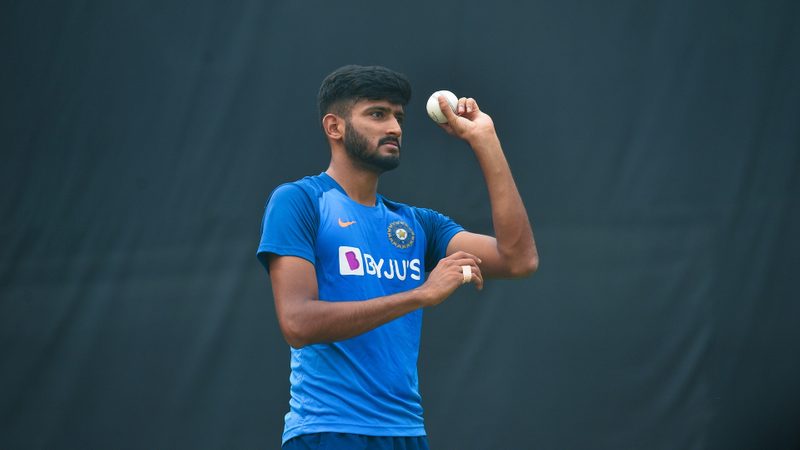
The Delhi T20I exposed many of India’s short format frailties as Bangladesh, without Shakib Al Hasan and Tamim Iqbal, trumped India by seven wickets to register their first ever win against India.
Shikhar Dhawan’s slow innings and India’s conservative approach might have played a hand in India’s loss, but with 22 runs needed from 12 balls, India should have won the game. Khaleel Ahmed bowled a game-changing over cost 18 runs with Mushfiqur Rahim hitting four boundaries on the trot against the left-arm seamer.
Khaleel has had a rather underwhelming international career so far. In T20Is in particular, Khaleel has never appeared threatening and has leaked runs. For Indian bowlers with minimum four innings in T20Is since his debut, Khaleel has the worst economy after Hardik Pandya.
|
Worst economy rates for Indian bowlers in T20Is since Khaleel's debut |
||||||
|
Player |
Inns |
Overs |
Runs |
Wkts |
Ave |
Econ |
|
HH Pandya |
5 |
18 |
185 |
5 |
37 |
10.27 |
|
KK Ahmed |
12 |
44 |
388 |
12 |
32.33 |
8.81 |
|
YS Chahal |
6 |
24 |
199 |
5 |
39.8 |
8.29 |
|
KH Pandya |
17 |
64.2 |
521 |
14 |
37.21 |
8.09 |
|
NA Saini |
5 |
17 |
137 |
6 |
22.83 |
8.05 |
|
B Kumar |
11 |
39 |
277 |
10 |
27.7 |
7.1 |
|
Washington Sundar |
7 |
23 |
157 |
3 |
52.33 |
6.82 |
|
JJ Bumrah |
7 |
27 |
172 |
8 |
21.5 |
6.37 |
|
Kuldeep Yadav |
6 |
24 |
137 |
11 |
12.45 |
5.7 |
|
RA Jadeja |
4 |
11 |
58 |
2 |
29 |
5.27 |
|
DL Chahar |
4 |
13 |
65 |
6 |
10.83 |
5 |
He hasn’t taken wickets at a good enough rate to forget his poor economy either. This is perhaps slightly in contrast to his performance in the Indian T20 League.
In 9 games in 2019 for the Hyderabad-based franchise, Khaleel snared 19 wickets at an average of 15.1. Notably even when his economy was 8.23, Khaleel was wicket-taking. He picked three-wicket hauls in five of the nine games in the season for Hyderabad.
It is worth mentioning that these wickets were of top-order batsmen. 17 of the 19 wickets were of batsmen in the top six of the batting line-up. Hyderabad also used him more with the new ball where he would swing the new ball and create good angles with his left-arm action.
India, on the other hand, has used him more in the death and with no variations, Khaleel has been rather one-dimensional.
At Delhi, he never came on with the new ball, and was brought in after the powerplay overs. He was used for just one over then and was kept back for three consecutive overs in the death. The death overs from him, though, cost India big as Khaleel leaked 32 runs in three overs. With other bowlers waiting in the wings, Khaleel’s time will be running out.
Feature image courtesy: AFP/ Sajjad Hussain



























